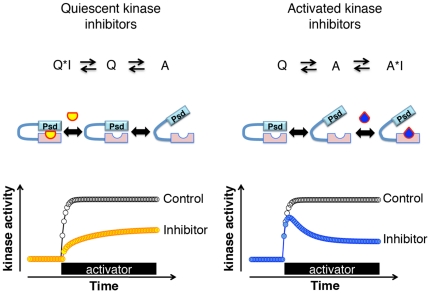Figure 5. Models for state-dependent inhibition and its effects on kinase activities.
Schematic diagrams (top), cartoons for relevant states of PKC (middle) and time course of PKC activities (bottom) for two types of state-dependent PKC inhibitor models. The diagram indicates inhibitor (I) and PKC in the quiescent state (Q) and activated state (A). The cartoons show PKC with the pseudosubstrate domain (Psd) and the catalytic domain for the corresponding states described above. Two types of inhibitors are indicated (yellow particle, blue particle). The trace with yellow circles at the bottom shows a conceptual model of slow activation of kinases in the presence of quiescent kinase inhibitors since the inhibitors stabilize PKC in the quiescent state. In contrast, activated PKC inhibitors bind PKC in the activated state and interfere with the deactivation process. The time lag between PKC activation and the inhibitor binding generates the transient activation of PKC (blue circles).

